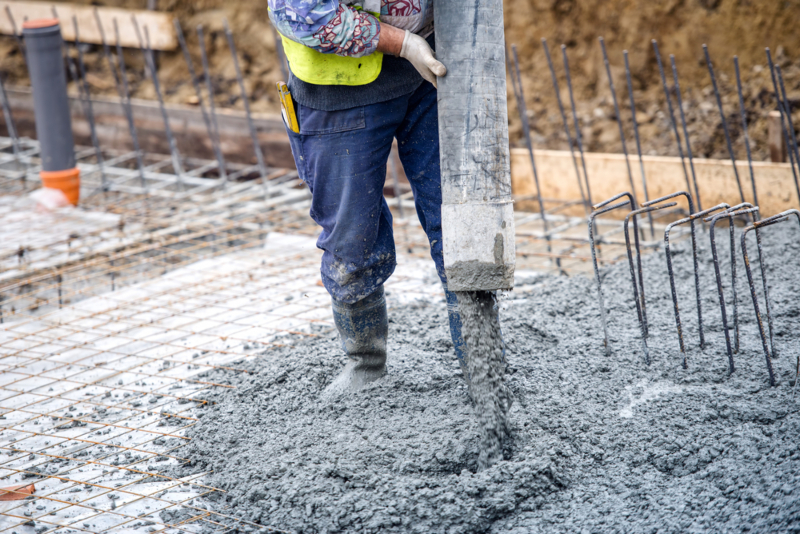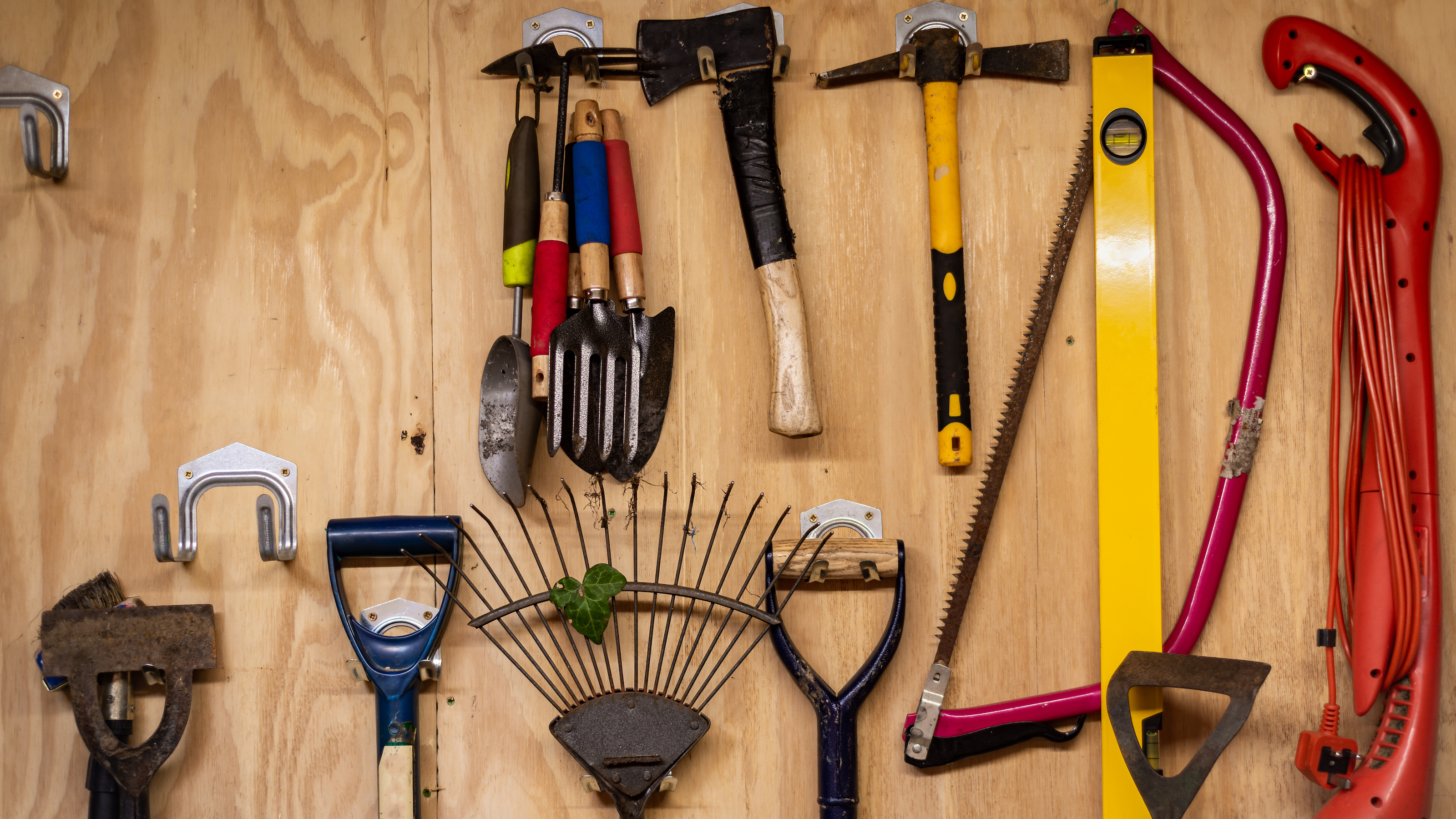Laying foundations during bad weather months
Pouring concrete in poor weather is not the no-no some people think it is

The prospect of laying the foundations for a self-build house, house extension, or conversion can seem particularly daunting with winter fast approaching.
Conventional wisdom might suggest that warmer, drier months are better suited to these undertakings. However, with the right preparation and insight, it’s feasible to press on even when the elements aren’t in your favour.
Fighting off frosty temperatures or unpredictable downpours requires meticulous planning, a keen understanding of the unique challenges presented, and employing specialised techniques to ensure the foundation remains solid and stable.
This article delves into the best practices and precautions for construction endeavours during less-than-optimal weather conditions.
Can ready-mix concrete be poured in damp conditions?
Heavy rainfall can adversely affect freshly laid concrete, potentially washing away some cement content. This alters the surface consistency, making it softer and compromising the concrete’s overall strength.
Many ask: ‘Is pouring ready-mix concrete during the rain safe?’, and while it’s entirely feasible, it’s typically best to avoid wet conditions. Rain can introduce complications, but this doesn’t necessarily derail your plans if you take the suitable precautions.
Can you pour concrete when it rains?
If it starts raining while you are pouring concrete into foundations, problems such as concrete cracks and a delay in curing time can arise. However, there are precautions that can be taken to ensure rain doesn’t affect your pour:
Deep freeze warning
This can also happen during the concrete curing process when the concrete temperature needs to be maintained for around 48 hours to ensure optimal strength. Remember that even when temperatures are optimal during the day, they can drop at night so adding a heated enclosure may be a good investment
In addition to rain, the impact of cold temperatures on construction projects shouldn’t be overlooked. Temperatures can dip below freezing even as we approach spring, leading to frosty conditions.
These sub-zero temperatures can hinder the concrete laying process, but by planning and seeking out expert advice, you can navigate these challenges and establish robust foundations for your self-build – regardless of the weather conditions.
The biggest potential problem you could face during winter and spring builds is that the concrete could freeze, causing the surface to be cracked or uneven.
Plan ahead with confidence
The arrival of winter and the frost, rain, and fluctuating temperatures undeniably introduces complexities to construction processes.
Yet it is not an impossible task. The key lies in meticulous preparation, understanding specific weather-related challenges, and having backup plans in place.
With the right guidance, tools, and a proactive mindset, self-builders can navigate British weather’s unpredictability, ensuring a robust foundation that stands the test of time.
Whether you’re a seasoned builder or a homeowner embarking on a new project, weather-proofing your construction process cannot be emphasised enough.
Are you looking for a self-build or house extension insurance quote? Click here for more information.
Get the Homebuilding & Renovating Newsletter
Bring your dream home to life with expert advice, how to guides and design inspiration. Sign up for our newsletter and get two free tickets to a Homebuilding & Renovating Show near you.
